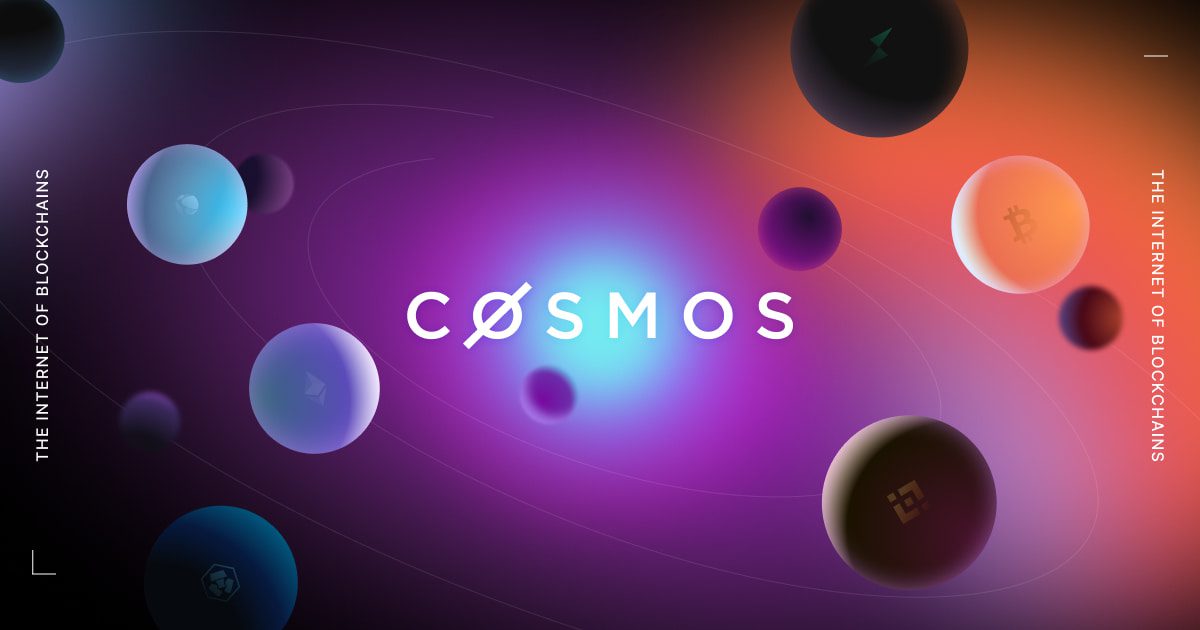Metaverse: Nemesis launches the land of NFT
Land NFTs are the foundation of the so-called “real estate sector” in the metaverse.
In fact, parcels of land are identified within the metaverse and can be bought and sold.
The NFTs function precisely as certificates for the ownership of these countries, thus facilitating their exchange.
The Metaverse of Nemesis
A few days ago, Nemesis announced the launch of their first “land season”, which includes a total supply of 200,000 lands that will be spread over 10 seasons on 10 planets.
The first planet in The Nemesis Metaverse is Genesis, with 11,520 countries spread over 80 sectors in the Caribbean Sea.
Attached to these lands are many opportunities for development, from building virtual homes to creating entire virtual worlds that reflect the vision and personality of the landowners themselves.
Virtual lands
As virtual lands, many things can be built on the lands.
Also, according to The Nemesis, one of the biggest attractions for real estate on the metaverse is the ability for users to interact with these areas with their avatars. This allows for a level of personalization and immersion not possible with traditional real estate.
Moreover, users can both create digital avatars that resemble themselves and create new and completely different identities at will, with a level of freedom and creativity unmatched in the real world.
Nemesis also highlights the economic potential of the countries.
In fact, it says that these NFTs can offer significant financial benefits, because creators and investors can trade them by selling and buying these digital properties freely on the market.
The value of lands varies, and is determined by many different factors, including location, size, and design, as well as, of course, the popularity of the metaverse they are in. In fact, some lands have even sold for millions of dollars, while others are just worth penny.
According to The Nemesis, NFT land can be a potentially lucrative investment opportunity for savvy investors.
But there are more than just potential financial benefits. Countries can also serve as virtual hubs for creativity, play, knowledge, culture and connection with other users. They provide a kind of public platform in the virtual world where they live to showcase their work and connect with other like-minded people around the world. In this way, they provide a space where online communities can come together and socialize, for example in art, music and creative fields.
NFTs and the Metaverse
At its peak, the NFT market exceeded $250 million in daily trading volume.
While this is a far cry from the tens, or sometimes hundreds, of billions of dollars in daily trade in the cryptocurrency market, it is still a very young market that only exploded in 2021.
As of June 2022, it has shrunk quite a bit, but it cannot be ruled out that a bubble similar to the one in 2021 will return in the future.
The Metaverse market is also expanding, with estimates predicting global values of over $800 billion by 2030. This growth is driven by the growing demand for virtual experiences that provide a sense of immersion and personalization that cannot be achieved in the physical world.
The interaction between these two technologies is inevitable, as NFTs allow the ownership of virtual objects to be extracted from the metaverses in which they are born, allowing them to be traded on a variety of platforms that are not necessarily connected to these metaverses.
NFTs are unique, non-falsifiable and publicly verifiable digital certificates of ownership by anyone, simply perfect for securely and unambiguously certifying ownership of digital assets. The more the use of metaverses increases, the more NFT trading volumes will inevitably increase.


